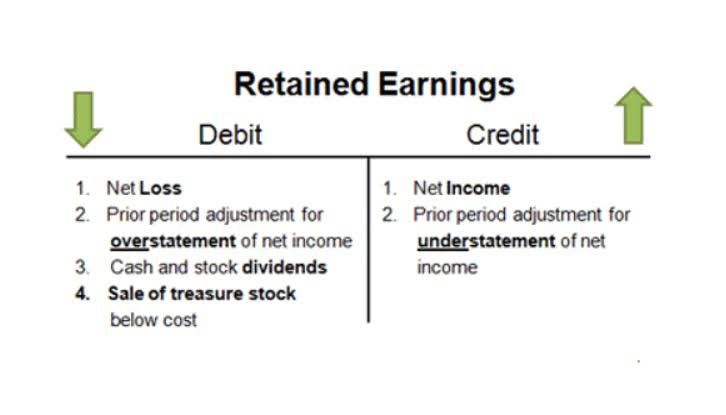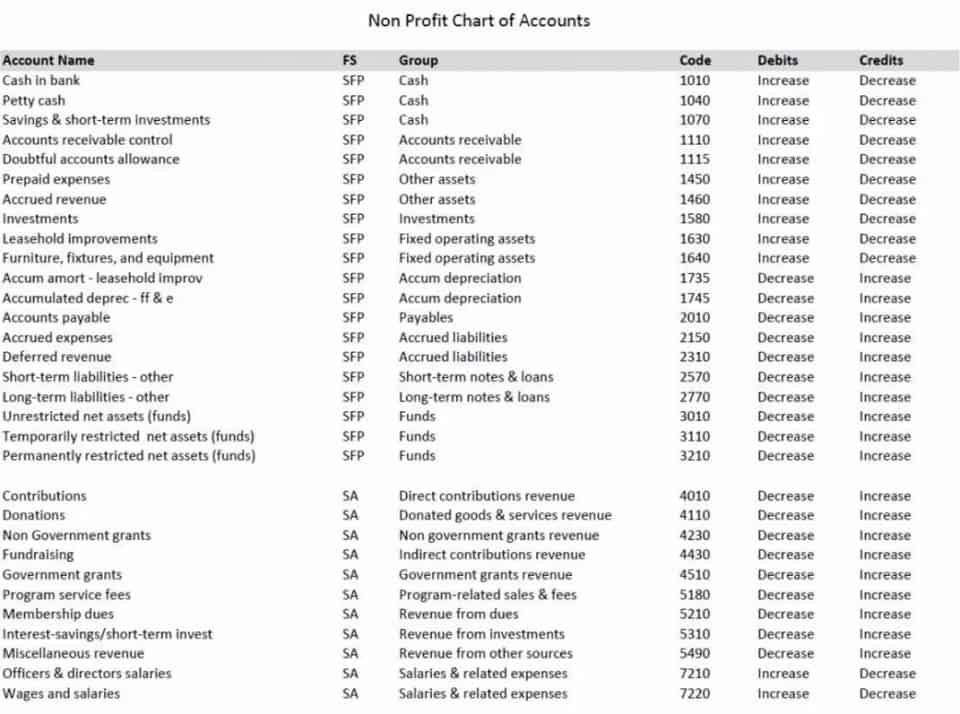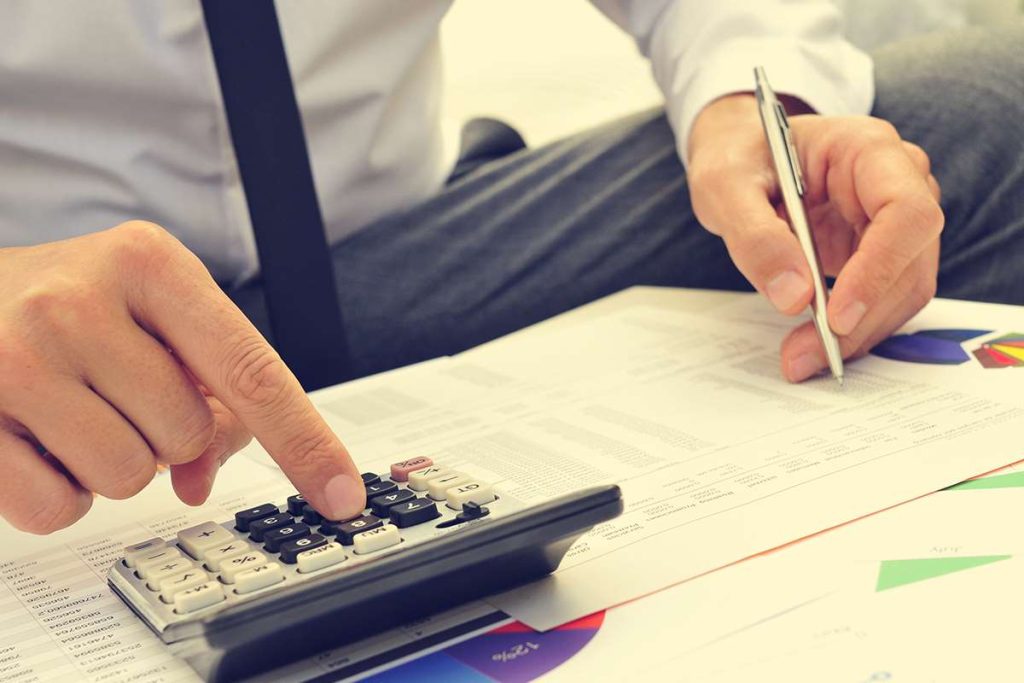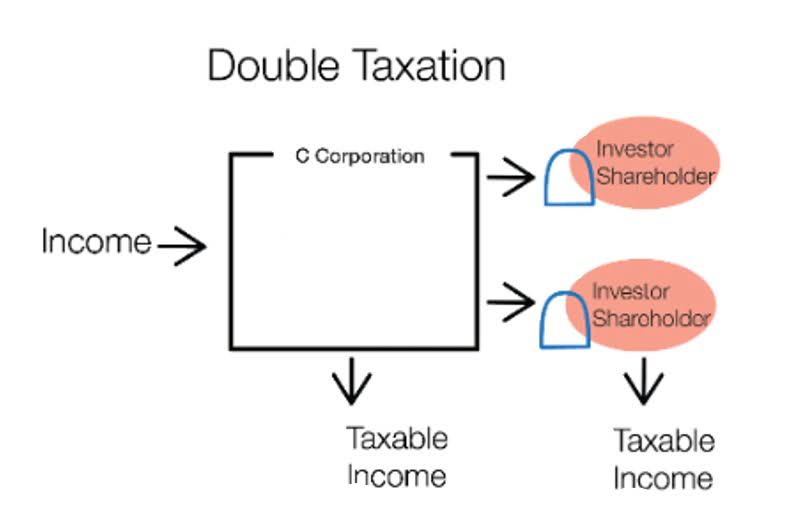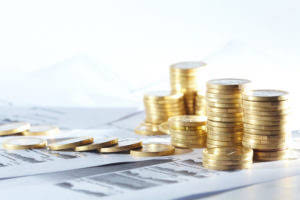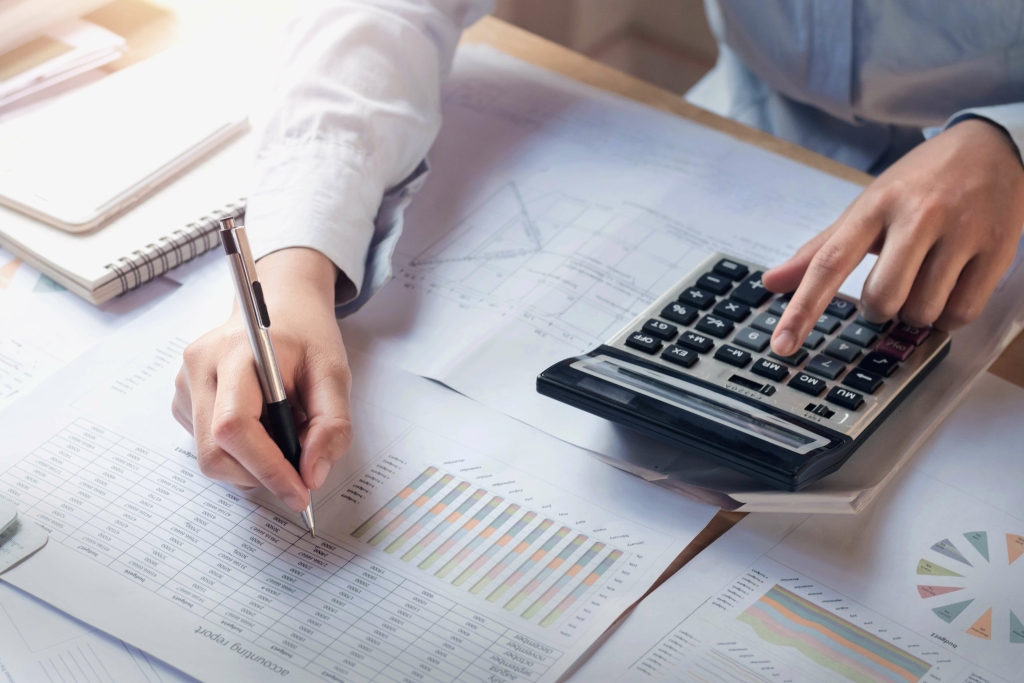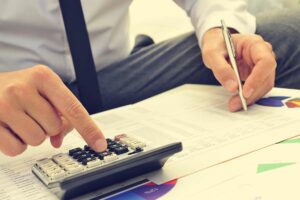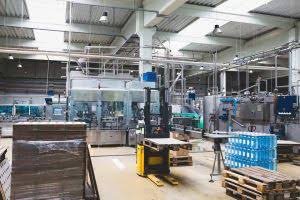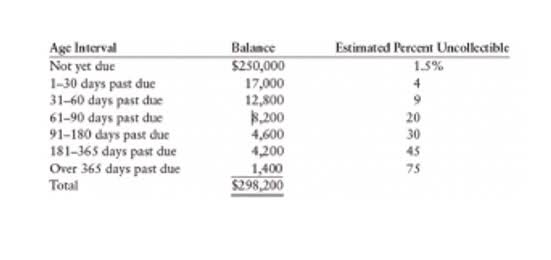In accounting and finance, it’s a fundamental method for representing how tangible assets decrease in value over time. It is important to understand that although the depreciation expense affects the net income and therefore the equity of a business, it does not involve the movement of cash. The allocation of the cost of a plant asset to expense in an accelerated manner. This means that the amount of depreciation in the earlier years of an asset’s life is greater than the straight-line amount, but will be less in the later years. In total the amount of depreciation over the life of the asset will be the same as straight-line depreciation. The difference between accelerated and straight-line is the timing of the depreciation.
Depreciation refers to the method of accounting which allocates a tangible asset’s cost over its useful life or life expectancy. Depreciation is a measure of how much of an asset’s value has been depleted over the depreciation schedule or period. The expenses in the accounting records may be different from the amounts posted on the tax return. The asset’s cost subtracted from the salvage value of the asset is the depreciable base.
- An asset’s initial cost and useful life are also the same using any method.
- He has worked as an accountant and consultant for more than 25 years and has built financial models for all types of industries.
- We recommend choosing Xero if you need to keep track of multiple fixed assets.
- At some point, you may need to buy equipment, tools, and other assets for your business.
In conclusion, the choice of depreciation method depends on the nature of the asset, its useful life, and the company’s accounting policies. Each method has its own advantages and disadvantages, and it is important for bookkeepers to choose the method that best suits their needs. Although the straight-line method makes it easier to calculate depreciation, it does not reflect the true value or usage of an asset over time. For example, after you purchase a vehicle, you typically use it the most during the first few years.
Selling a Depreciable Asset
The smooth and even depreciation expenses each period are easy to forecast into the future. If you have a small business and do not want to work through complicated depreciation formulas, the straight line depreciation method is a great option. Here is how to calculate the annual depreciation expense using double declining balance.
Please provide your contact details for a timely response.
Depreciation can be a complex topic, as there are different types of depreciation and various methods of calculating it. This article will explore the different types of depreciation and the key concepts in depreciation to help readers gain a better understanding of this important accounting concept. When you know what depreciation is and how to calculate it, you can recoup some costs for purchasing assets. Luckily, you don’t need to do all the bookkeeping and accounting to calculate depreciation.
- These assets are usually expensive, and their value can increase or decrease over time.
- On the other hand, if an expenditure expands or improves an asset’s capabilities, the amount is not reported as an expense.
- Depreciation is a method of accounting that records the decrease in the value of an asset over time.
- The expenses in the accounting records may be different from the amounts posted on the tax return.
- The “sum-of-the-years’-digits” refers to adding the digits in the years of an asset’s useful life.
- They are responsible for ensuring that the depreciation schedule is accurate, selecting the appropriate accounting method, complying with GAAP, and updating the depreciation schedule regularly.
Group Method Example
For example, if an asset has a useful life of 5 years, the sum of the digits 1 through 5 is equal to 15 (1 + 2 + 3 + 4 + 5). We will illustrate the details of depreciation, and specifically the straight-line depreciation method, with the following example. As $500 calculated above represents the depreciation cost for 12 months, it has been reduced to 6 months equivalent to reflect the number of months the asset was actually available for use. A fixed asset having a useful life of 3 years is purchased on 1 January 2013. Straight line method is also convenient to use where no reliable estimate can be made regarding the pattern of economic benefits expected to be derived over an asset’s useful life.
Time Value of Money
As buildings, tools and equipment wear out over time, they depreciate in value. Being able to calculate depreciation is crucial for writing off the cost of expensive purchases, and for doing your taxes properly. Included are the income statement accounts (revenues, expenses, gains, losses), summary accounts (such as income summary), and a sole proprietor’s drawing account.
By understanding the key concepts of depreciation, businesses can make informed decisions about the useful life of their assets, salvage value, and depreciation expense. Depreciation expense is calculated by dividing the cost of the asset by its useful life. Units of production depreciation is a method that calculates the depreciation expense based on the number of units produced by the asset. This method is commonly used for assets that are used in production, such as machinery and equipment. Understanding depreciation is crucial for businesses to make informed decisions about their assets.
Units of production method
To demonstrate this, let’s assume that a retailer purchases a $70,000 truck on the first day of the current year, but the truck is expected to be used for seven years. It is not logical for the retailer to report the $70,000 as an expense in the current year and then report $0 expense during the remaining 6 years. However, it is logical to report $10,000 of expense in each of the 7 years that the truck is expected to be used. The straight-line and accelerated depreciation methods differ in how they allocate an asset’s cost over time. The MACRS is a depreciation system that was created by the IRS to simplify the process of calculating depreciation. Under the MACRS, businesses can deduct the cost of assets over a predetermined period of time, based on the asset’s useful life.
How to calculate the depreciation expense for year one
With these numbers on hand, you’ll be able to use the straight-line depreciation formula to determine the amount of depreciation for an asset on an annual or monthly basis. You can calculate the asset’s life span by determining the number of years it will remain useful. This information is typically available on the product’s packaging, website, or by speaking to a brand representative. Alternatively, the parents can contribute the balance to a private foundation that’s funded when the surviving spouse dies and may no longer need the money to live.
The straight-line depreciation method is a simple and reliable way to calculate depreciation. The method can help you predict your expenses and determine when it’s time for a new investment and prepare for tax season. Learn how to calculate straight-line depreciation, when to use it, and what it looks like in the real world. In the next few years, assets placed in service will be subject to a combination of bonus and modified accelerated cost recovery system (MACRS) depreciation. Therefore, how to do straight line depreciation practitioners should devote more attention to making sure assets are assigned accurate class lives to maximize the MACRS portion of the depreciation deduction. Cost segregation studies will remain important and provide support in the event of an IRS audit for the assignment of shorter and accurate MACRS class lives for building components.
Salvage value, the estimated residual value of an asset at the end of its useful life, plays a crucial role in straight-line depreciation calculations. It helps determine the total amount that will be depreciated over the asset’s life, impacting both the annual depreciation expense and the asset’s net book value. The total depreciation over the asset’s useful life is $40,000, and the machine produces 100,000 units. The amount of expense posted to the income statement may increase or decrease over time.
This also enables them to substitute future assets with an adequate amount of revenue. The estimated period over which an asset is expected to be used, known as its useful life, is vital in calculating straight-line depreciation. It dictates how the asset’s cost spreads over time, and adjustments to the useful life can significantly affect depreciation expenses. This method calculates annual depreciation based on the percentage of total units produced in a year. Let’s assume that a business buys a machine with a $50,000 purchase price and a $10,000 salvage amount. The business’s use of the machine fluctuates greatly, according to production levels.
Accumulated Depreciation is a long-term contra asset account (an asset account with a credit balance) that is reported on the balance sheet under the heading Property, Plant, and Equipment. Instead, this depreciation will be initially recorded as part of manufacturing overhead, which is then allocated (assigned) to the goods that were manufactured. The double-declining-balance (DDB) method, which is also referred to as the 200%-declining-balance method, is one of the accelerated methods of depreciation. DDB is an accelerated method because more depreciation expense is reported in the early years of an asset’s life and less depreciation expense in the later years. When the asset’s book value is equal to the asset’s estimated salvage value, the depreciation entries will stop. If the asset continues in use, there will be $0 depreciation expense in each of the subsequent years.
